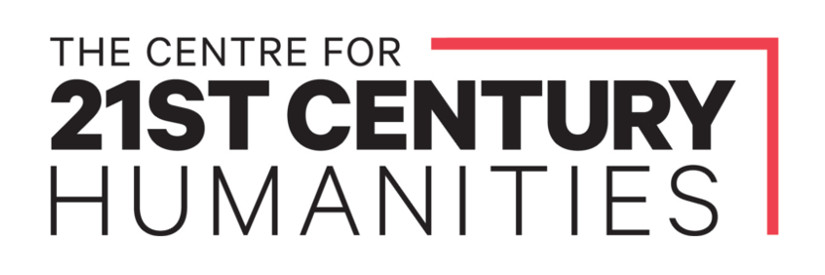| Site Name | Barrow Creek (1) This massacre is part of a group of massacres |
| Aboriginal or Torres Strait Islander Place Name | Jemelke |
| Language Group, Nation or People | Kaititja |
| Present State/Territory | NT |
| Colony/State/Territory at the time | SA |
| Police District | Alice Springs |
| Latitude | -21.531 |
| Longitude | 133.897 |
| Date | Between 18 Jul 1873 and 31 Jul 1873 |
| Attack Time | Day |
| Victims | Aboriginal or Torres Strait Islander People |
| Victim Descriptions | Aboriginal |
| Victims Killed | 30 |
| Victims Killed Notes | Men, women and children |
| Attackers | Colonists |
| Attacker Descriptions | Government Official(s) |
| Attackers Killed | 0 |
| Attackers Killed Notes | |
| Transport | Horse |
| Motive | Opportunity |
| Weapons Used | Firearm(s) |
| Narrative | Peter Vallee (2004, pp 103-109) wrote: 'Six months before [the Barrow Creek Telegraph Station attack #2, which was Feb-April 1874], the Kaititj had experienced a dispersal at the hands of the telegraph staff. "We now know where the natives camp is & I want your authority to close off the office one day so as to go out & try & disperse the whole tribe – they are about 15 miles west from station & may do much more harm if not specifically checked"', JC Watson at Barrow Creek wired to Charles Todd in Adelaide on July 16 1873…There is no reply from Todd on this file, but note that the request was not for permission to conduct a dispersal, but for approval to do it at public expense. Women were abducted and taken to the Telegraph Station, leading to an Aboriginal attack to retrieve them, which in turn led to the Barrow Creek (2) massacre. Wilson (2000, pp 270-271) noted that Aboriginal oral history indicates that the [Barrow Creek (2)] attack was provoked after the Europeans at the telegraph station had abducted women from the local Aboriginal people. In retaliation, the Aborigines considered 'that mob robben-bout we fella of -of native girl, Ah, we'll have to fight for that mob now'. 'That's what bin happen. They bin fight then. They spearem that mob, because they had rifle'. Subsequently, the Aboriginal view of the attack was that 'Yeah. They [Europeans] bin killem whole lot [of Kaytetye]. Shootem'. |
| Sources | Wilson, 2000, pp 270-271; Vallee, 2004, pp 103-109. (Sources PDF) |
| Corroboration Rating | * |

